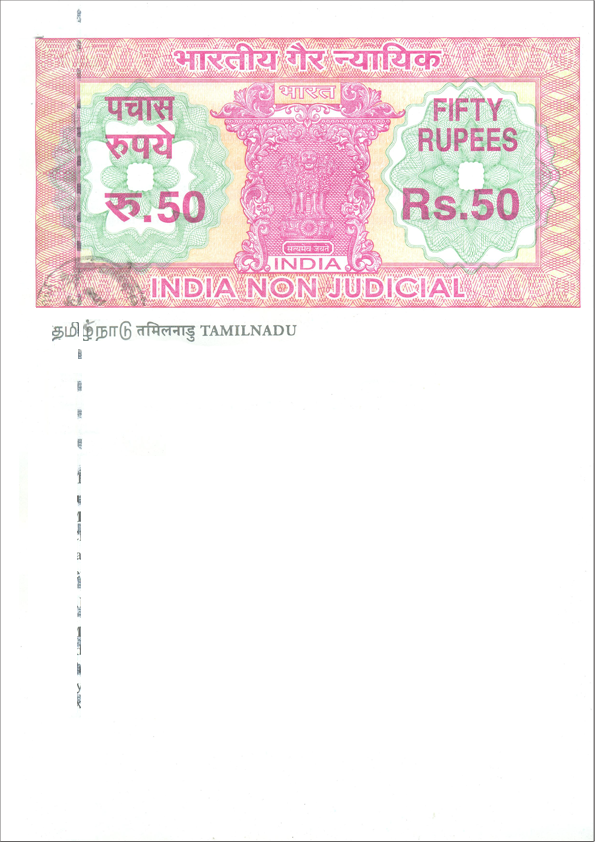
Can I Download E Stamp Paper
E-Stamping is a Computer based application and a secured way of paying Non-Judicial stamp duty to the Government. Yes Of course! You can use the e-Stamp Paper to execute the Rent Agreement. May 10, 2010 - The day Anurag Singh sealed the deal on his first house in New Delhi, his excitement bubbled over. He could hardly wait to start living in the. Pembuatan game tebak gambar dengan menggunakan adobe flash cs5.
Postage stamp paper is the foundation or of the postage stamp to which the ink for the stamp's design is applied to one side and the adhesive is applied to the other. The is not only the foundation of the stamp but it has also been incorporated into the stamp's design, has provided security against fraud and has aided in the automation of the postal delivery system. Like (SC) often document the paper the stamp is printed on to describe a stamp's classification. The same stamp design can appear on several kinds of paper. And understand that a stamp's paper not only defines a unique stamp but could also mean the difference between an inexpensive stamp from one that is rare and worth more than its common counterpart. Making an accurate determination of the stamp's paper may require special tools such as a to measure the thickness of a stamp, certain fluid chemicals to reveal hidden features, or to see fine details, to examine the minutest details of the paper or light to illuminate the paper to reveal its glowing aspects. Certain paper types may require the services of an expert as the only sure way of knowing the true identity of the stamp's paper.
Contents • • • • • • • • • • • • • • • Paper characteristics [ ] All paper is endowed with certain characteristics by its. Depending on the purpose of the paper, the craftsman will choose specific materials and apply certain manufacturing processes to achieve the design objectives. Characteristics such as composition, weight, color, size, watermark, surface finish, opacity, hardness and strength all have to be established before the papermaker can begin his work. The making of paper can be broken down into three phases; the preparing of the pulp into a suspension of fibers; the forming of the paper on a mould or an endless wire mesh; and lastly the finishing of the paper's surface and drying.
From a philatelic interest, it is the second phase, the forming of the paper that yields the most interesting characteristics. Pulp dyed orange to match 's school colors for the 1956 200th anniversary In the first phase of papermaking the characteristics such as its composition, color and weight is determined. Paper has as its chief component, a mat of fibers.

Cellulose is the skeleton structure of plant cells and can be separated from the plant for use in paper. Cellulose has several characteristics that make it desirable for paper, the foremost being its strength when formed into a mat or web. When cellulose fibers come in contact with each other in water, a bond is formed. When water is removed from the adjoining fibers, the bond between the fibers strengthens., the collection of individual fibers, may be bleached, especially if the paper is to be dyed a different color or the paper is expected to be white. Since most paper is either printed or written upon, are added to the pulp to fill the pores of the paper and is added to make the fibers water resistant, yet both act as fillers.